As the cab will be the place you’ll spend the majority of your time, it must be checked to make sure it’s safe and comfortable. Cab comfort is a big influence on driver fatigue.
Getting in
The two things to check are that the door opens and closes properly and that the handles are present and secure that help you climb in and out. In a large tractor unit like the one below, you have to climb up over a metre to step into the cab and you need to maintain three points of contact both getting in and out. There’s a handle on either side where you get in.
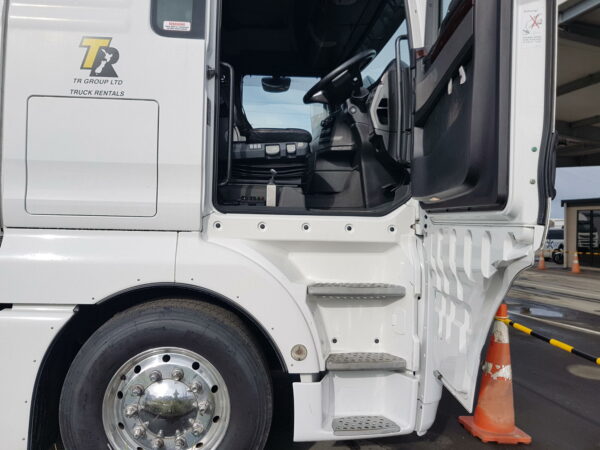
Seat
The most important factor for driver comfort is the seat. This includes the cushioning material and the air supply that gives it the suspension to cushion the bumps.
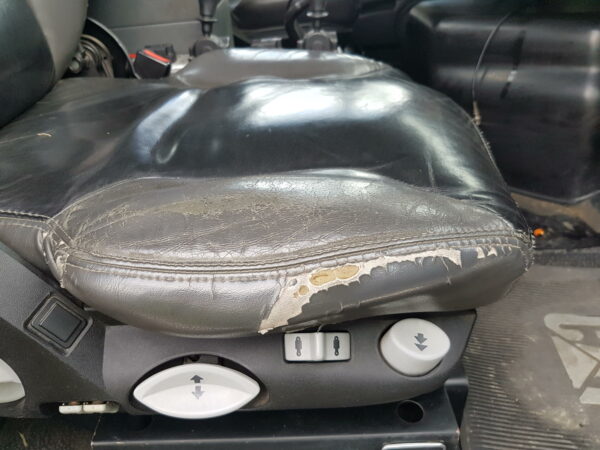
Torn material on the seat is not a big problem, but if it starts removing padding from the seat squab, this will reduce comfort and accelerate fatigue for the driver. If the squab sides are damaged, they won’t hold the driver in as well when going around corners.
Check that the seat can be adjusted to your requirements.

If the seat isn’t high enough because the air pressure won’t support it, this will create more blind spots.
Seat belt
The seat belt needs to move freely (i.e. not get jammed), clip in securely and not have any fraying, tears or other damage. You can see in the image below that the belt material has a couple of frays just below the buckle.
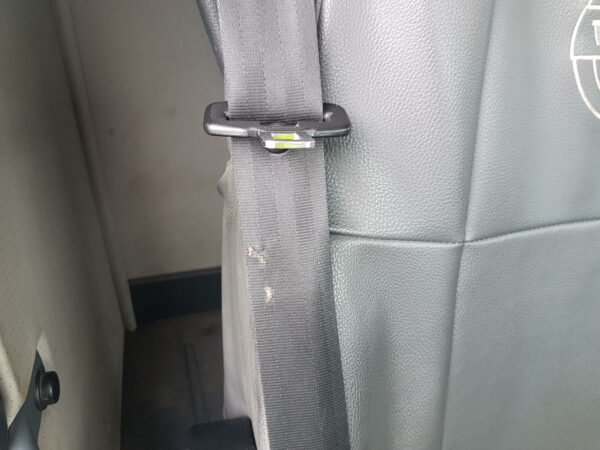
Fire extinguisher
Check the expiry date and the product’s gauge to ensure it’s still OK to use.
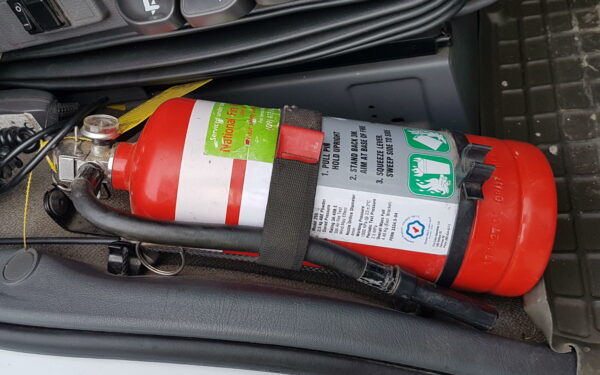
Loose items
Items in the cab should not be loose. Use the cubby holes and other storage areas. Particularly dangerous items are round ones like drinks bottles which can roll under your pedals.
Don’t leave anything loose on the sleeper cab bed or in racks where they might fall during braking or cornering

Missing parts
It’s common to lose plastic cover plates, small handles and switches. Have these replaced otherwise dirt may get in behind cover plates, or you might not be able to operate critical features.
Dashboard readouts and lights
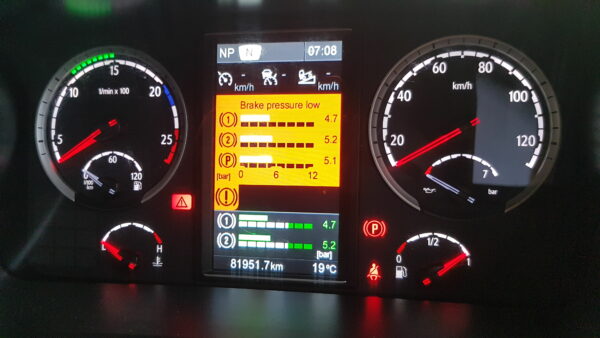
After you turn on the ignition, check that all lights have gone out except for ones where you know you need to do something, like release the parking brake. Pay particular attention to checklights for oil, engine, ABS, seat belt and airbag.
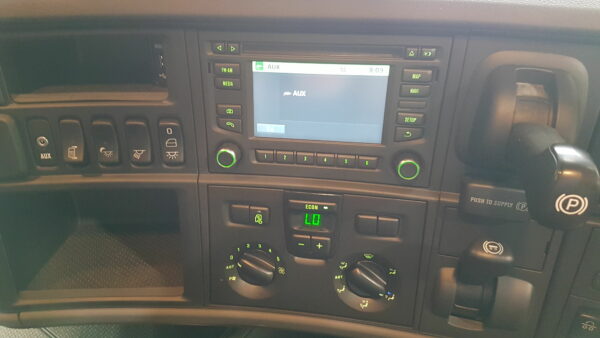
Check all gauges are functioning when you start the engine.
Rattles, squeaks and vibration
These kinds of noises are very fatiguing for the driver. Squeaks can often be easily solved with a can of WD40 or similar – it’s usually the seat or the clutch pedal that’s to blame.
Rattles and vibrations are often due to something hard sitting in a plastic cubby hole (e.g. keys) or a loose cover.
